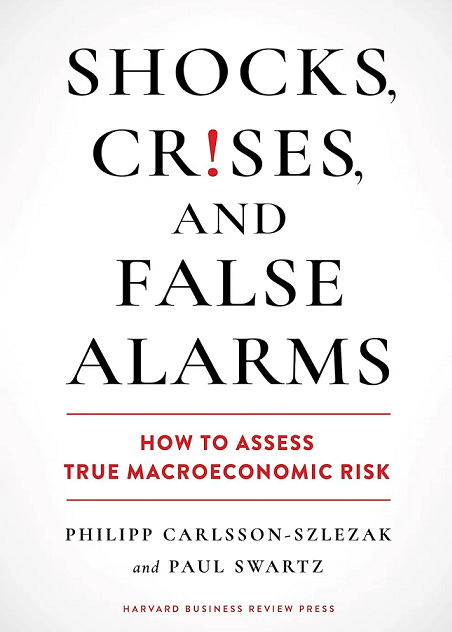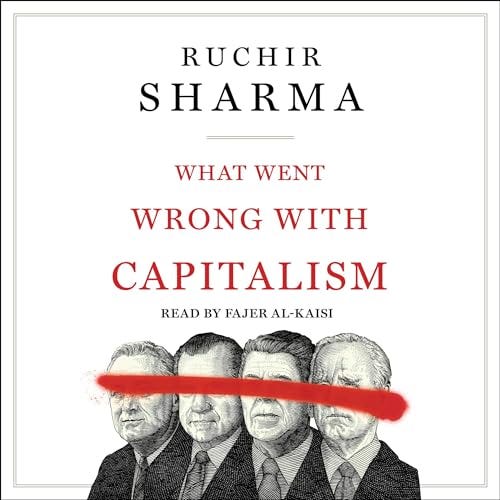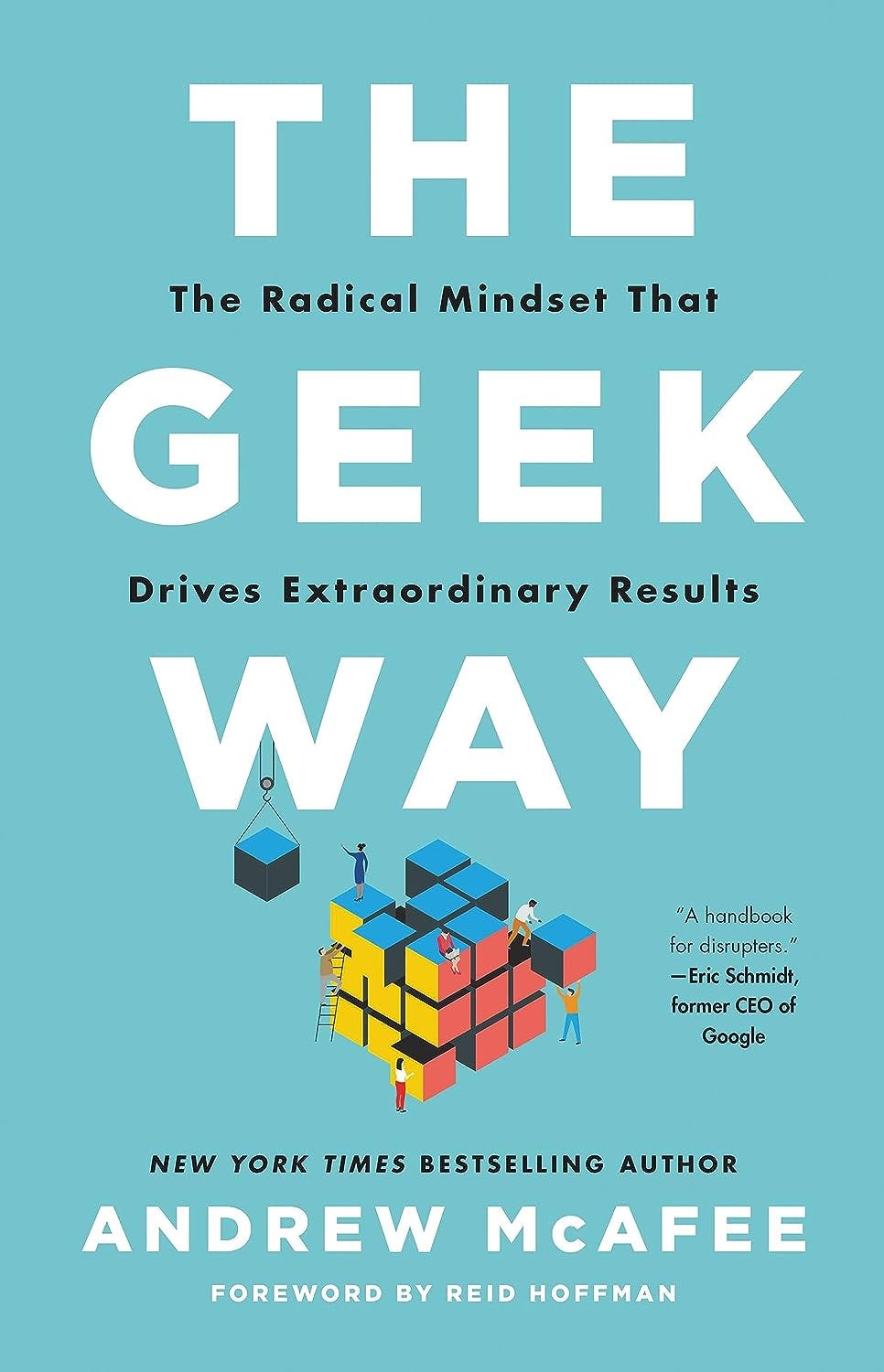🦁 My chat (+transcript) with investment strategist Ed Yardeni on his optimism for a Roaring 2020s
Description
As I often remind subscribers to Faster, Please!, predictions are hard, especially about the future. The economic boom of the 1990s came as a surprise to most economists. Equally surprising was that it ended so soon. Neither of these events caught Ed Yardeni off-guard. Some forecasters, Yardeni included, anticipated a new Roaring ’20s for this century… only to be interrupted by the pandemic. But is it too late for this prediction to become a reality? According to Yardeni, not at all.
Ed Yardeni is president of Yardeni Research, and he previously served as chief investment strategist at a number of investment companies, including Deutche Bank. He has additionally held positions at the Federal Reserve Bank of New York, Federal Reserve Board of Governors, and US Treasury Department. For more economic insights and investment guidance, visit yardeni.com.
In This Episode
* The ’90s Internet boom (1:25 )
* The Digital Revolution (5:01 )
* The new Roaring ’20s (9:00 )
* A cautious Federal Reserve (14:24 )
* Speedbumps to progress (18:18 )
Below is a lightly edited transcript of our conversation
The ’90s Internet boom (1:25 )
Pethokoukis: Statistically speaking, the PC Internet boom that you first started writing about back in the early ’90s ended in 2004, 2005. How surprising was that to economists, investors, policy makers? I, to this day, have a report, a 2000 report, from Lehman Brothers that predicted, as far as the eye could see, we would have rapid growth, rapid productivity growth for at least another decade. Now, of course, Lehman didn't make it another decade. Was that a surprise to people that we didn't have an endless productivity boom coming out of the ’90s?
Yardeni: I think it definitely was a surprise. I mean, it was surprising both ways. Not too many people expected to see a productivity boom in the second half of the 1990s, which is what we had. I did, as an economist on Wall Street. More importantly, Alan Greenspan was a big promoter of the idea that the technology revolution would in fact lead to better productivity growth and that that might mean better economic growth and lower inflation. And it didn't look that way for a while; then suddenly the Bureau of Economic Analysis went back and revised the data for the late 1990s and, lo and behold, it turned out that there was a productivity boom. And then it all kind of fizzled out, and it raises the question, why did that happen? Why was it such a short lived productivity boom? And the answer is—well, let me give you a personal anecdote.
I worked at Deutsche Bank in New York in the late 1990s, and I had to be very careful walking down the corridors of Deutsche Bank in midtown Manhattan not to trip over Dell boxes. Everybody was getting a Dell box, everybody was getting the Dell boxes loaded up with the Windows Office. And when you think back on what that was able to do in terms of productivity, if you had a lot of secretaries on Selectric typewriters, Word could obviously increase productivity. If you had a lot of bookkeepers doing spreadsheets, Excel could obviously increase productivity. But other than that, there wasn't really that much productivity to be had from the technology at the time. So again, where did that productivity boom come from? It couldn't have been just secretaries and bookkeepers. Now the answer is that the boxes themselves were measured as output, and so output per man hour increased dramatically. It doesn't take that many workers to produce Dell boxes and Windows Office and Windows software. So as a result of that, we had this big boom in the technology output that created its own productivity boom, but it didn't really have the widespread application to all sorts of business model the way today's evolution of the technology boom is, in fact, capable of doing.
What you've just described, I think, is the explanation by, for instance, Robert Gordon, Northwestern University, that we saw a revolution, but it was a narrow revolution.
It was the beginning! It was the beginning of a revolution. It was the Technology Revolution. It started in the 1990s and it's evolved, it's not over, it's ongoing. I think a big development in that revolution was the cloud. What the cloud allowed you to do was really increase productivity in technology itself, because you didn't need to have several hundred people in the IT department. Now, with the cloud, one person can upgrade the software on hundreds of computers, and now we're renting software so that it automatically upgrades, so that's been a big contribution to productivity.
The Digital Revolution (5:01 )
So perhaps I spoke too soon. I talked about that boom—that ’90s boom—ending. Perhaps I should have said it was more of a pause, because it seems what we're seeing now, as you've described it, is a new phase of the Digital Revolution—perhaps a broader phase—and, to be clear, if I understand what you've been speaking about and writing about, this isn't an AI story, this predates what we're seeing in the data now, it predates ChatGPT, when do you date this new phase beginning—and you mentioned one catalyst perhaps being the cloud, so—when did it begin and, again, what are the data markers that you've been looking at?
I don't remember the exact date, but I think it was 2011 where my little investment advisory got ourselves on the Amazon cloud, and that's been a tremendous source of productivity for us, it saves us a lot of money. We used to have a couple of servers on a server farm in the old days, and every now and then it would go down and we'd have to reach somebody on the server farm and say, “Would you mind turning it on and off?” Remember the word “reboot?” I don't remember the word “reboot” being used in quite some time. Amazon's never gone down, as far as I can recall. I think they've always had their systems in Virginia, and they had a backup somewhere overseas, but it's always worked quite well for us.
But now we're finding with some of the other software that's available now, we can actually cut back on our Amazon costs and use some of these other technologies. There's lots of technologies that are very user-friendly, very powerful, and they apply themselves to all sorts of different businesses, and, as you said, it's not just AI. I think the cloud—let's put it around 2011 or so—was a huge development because it did allow companies to do information processing in a much more efficient way, and the software gets automatically updated, and with what it used to take hundreds of people in an IT department to do, now you can do it with just one, which is what we, in fact, have, just one person doing it all for us. But I would say that's as good a point as any. But along the way here, what's really changed is the power of the software that's available, and how cheap it is, and how you can rent it now instead of having to own it.
That's a fantastic example, and, of course, we want to see these sort of examples at some point reflected in the data. And going through some of your writings, one period that you were very focused on was, we may have seen a bottom, maybe at the end of 2015, before the pandemic, where we saw the slowest, I think 20-quarter average… annual average growth rate of productivity.
0.5 annual rate.
But by 2019, leading into the pandemic, it tripled. Is the story of that tripling, is it the cloud? And that certainly has to be one reason why you, among other people, thought that we might see a new Roaring ’20s, right into the teeth of the pandemic, unfortunately.
Well, it's not so unfortunate, I mean, clearly nobody saw the pandemic coming, but we weathered the storm very, very well, and I don't think we can come to any conclusion about productivity during the pandemic, it was all over the place. At first, when we were on lockdown, it actually soared because we were still producing a lot with fewer workers, and then it took a dive, but we're now back up to two percent. We had a really, really good year last year in productivity. The final three quarters of last year, we saw above-trend growth in productivity. And so we're already now back up to two percent, which, again, compared to 0.5, is certainly moving in the right direction, and I don't see any particular reason why that number couldn't go to three-and-a-half, four-and-a-half percent per year kind of growth—which sounds delusional unless you look back at the chart of productivity and see that that's actually what productivity booms do: They get up to something like three-and-a-half to four-and-a-half percent growth, not just on a one-quarter basis, but on a 20-quarter trailing basis at an annual rate.
The new Roar
























